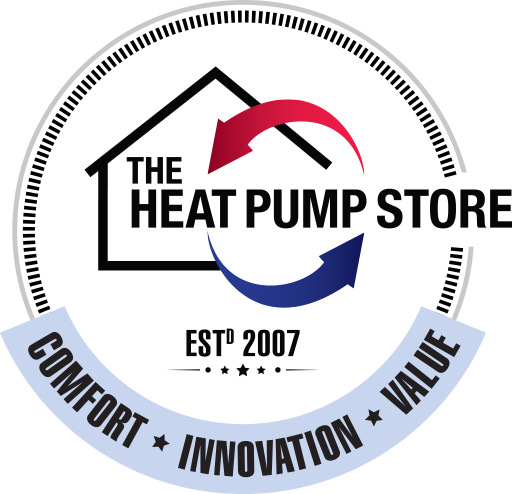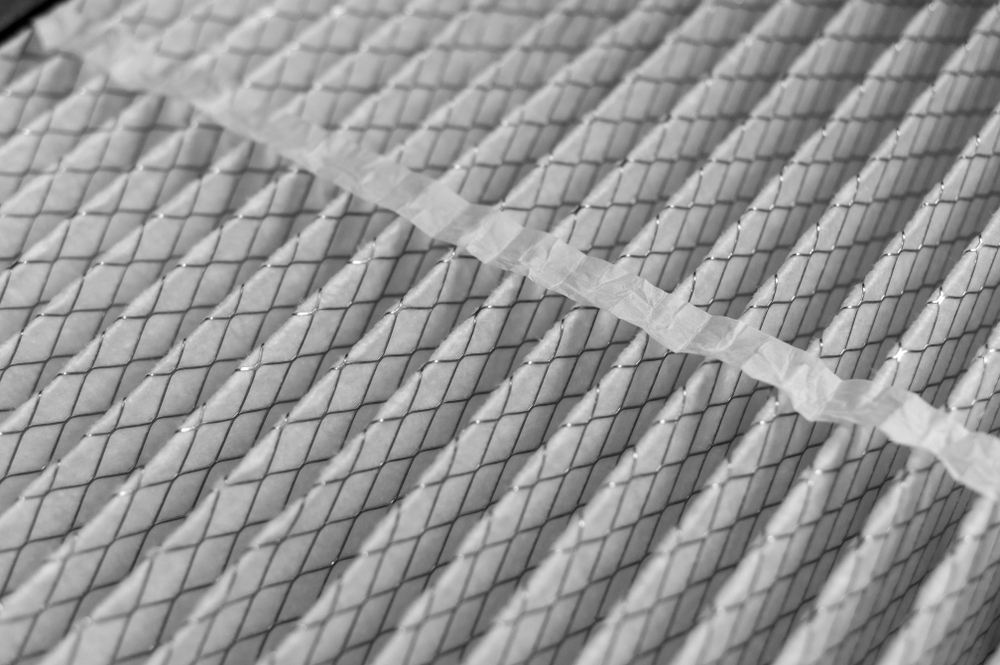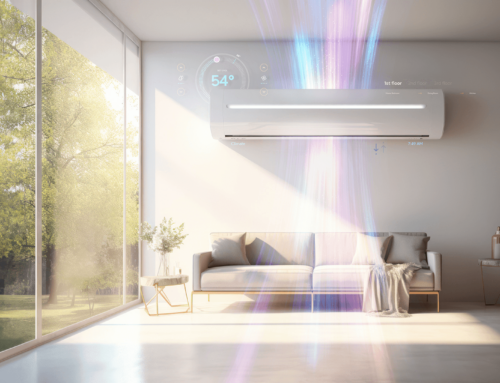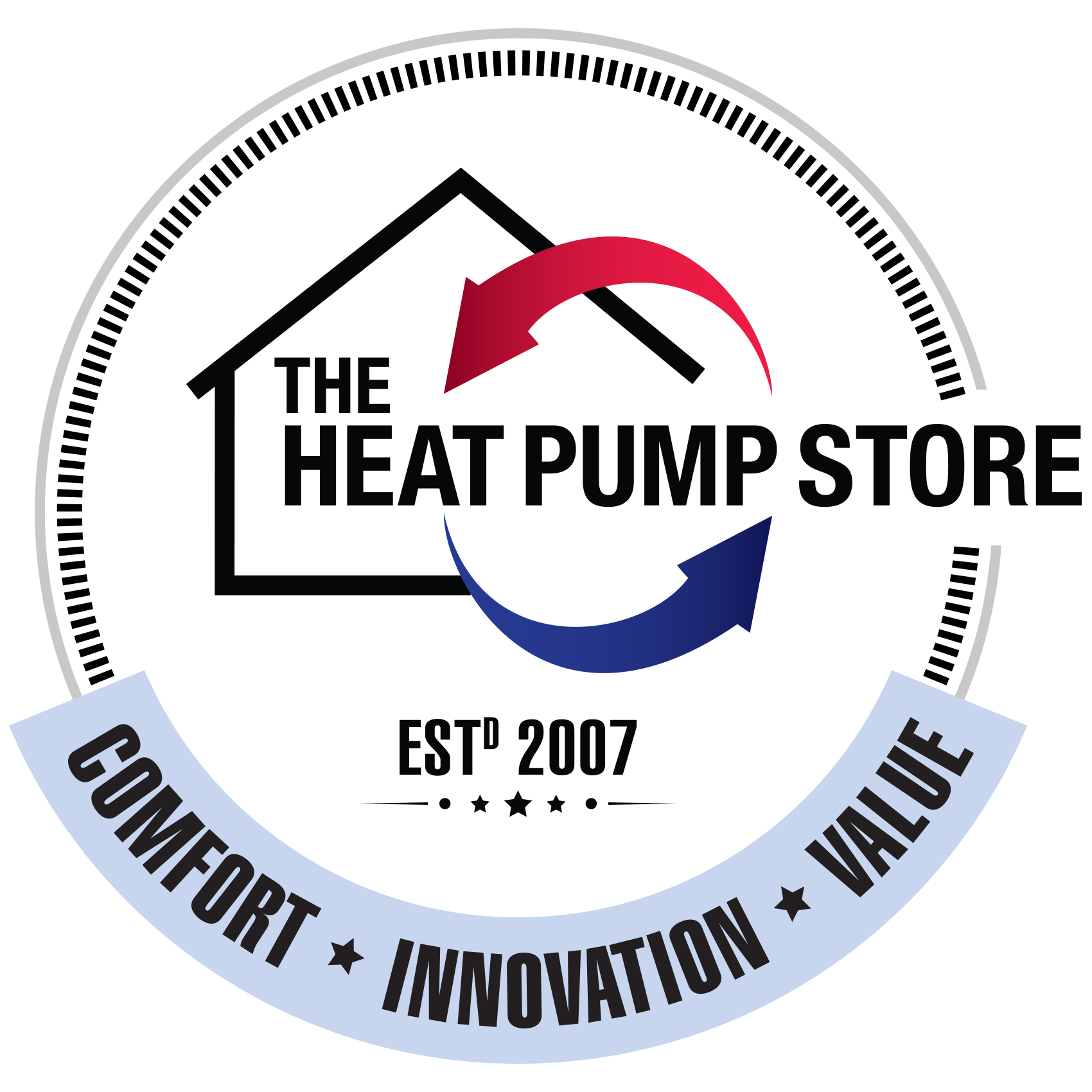It’s no surprise that in this time of shelter-at-home orders and self-quarantining that people are spending a lot of time indoors. Even before the age of the pandemic, Americans spent, on average, 90 percent of their time inside. To better understand indoor air quality, let’s dive a bit deeper into what exactly it is, the sources of indoor air pollution, and the potential health effects poor indoor air quality can have on us. Finally, we’ll look at how a ductless heat pump system can help improve the air we breathe indoors.
THE IMPORTANCE OF INDOOR AIR QUALITY
Air is air, and just as it’s important that the air we breathe when we’re outside is clean, the same must be true of the air inside. That’s not a controversial premise, yet we often find disregard for the quality of the air inside our homes, schools, and businesses. This may simply be because we tend to feel safer inside, yet our vigor for maintaining high-quality air both inside and out must be maintained.
Poor air quality tends to affect those typically seen as most vulnerable to changes to their environment. This population includes infants, young children, older adults, and those already dealing with heart or lung issues. Unfortunately, these groups are more likely to spend time inside, where pollutant concentration levels can be two to five times that of outdoor levels.
This focus on indoor air quality also stems from an increase of pollutants and contaminants caused by a variety of factors:
- Growth in the use of personal care products
- Increased use of synthetic building materials
- Presence of more pesticides and household cleaners inside the home
- Lack of ventilation in buildings
Each of these factors plays a role in reducing the quality of the air inside our homes, schools, or businesses. By better understanding the sources of indoor air pollution, we can begin to take steps to reduce their effect.
THE INDOOR SOURCES OF INDOOR AIR POLLUTION
While there are many sources of indoor air pollution, they can be broken up into two larger groups:
- Indoor sources from within the building
- Outdoor sources whose pollutants that work their way indoors
When it comes to indoor sources, the first source could be the building itself. Building materials can degrade and break down, releasing harmful material like asbestos fibers into the air circulation. Also, sometimes the building materials can grow mold due to standing water or high levels of humidity. Further, if the building’s ventilation system contains ducts, the building’s systems may be transferring these pollutants from room to room.
It may be somewhat ironic, but the things we use to clean and care for our home can also serve as potential sources of indoor air contamination. Things like harsh cleaning agents, insecticides, and paint can all expose our air to unhealthy chemicals. As we breathe in air that’s been exposed to bleach or other volatile organic compounds, the odds of having health issues increase.
The last major source of indoor air quality is combustion. If you smoke tobacco inside or fail to regularly clean or ventilate cooking appliances and fireplaces, you increase the amount of harsh smoke and other dangerous elements, like carbon monoxide, into the air. It’s widely established that secondhand smoke is dangerous, and you shouldn’t be breathing in smoke or other combustible byproducts of any kind.
THE OUTDOOR SOURCES OF INDOOR AIR POLLUTION
Just as you enter your home through an entryway, outdoor pollution can enter your home through open doors and windows. Sometimes, if you have a ducted HVAC system, these contaminants can enter through your ventilation system. Even gaps or cracks in the foundation or walls can serve as an access point for pollutants.
So, it’s with relative ease that outdoor pollution turns into indoor pollution. Smoke, whether from chimneys, cooking grills, fire pits, or even wildfires, can gain entry to your home, decreasing the quality of indoor air.
People who have previously dealt with issues like contaminated groundwater or cracked water pipes have likely dealt with lessened indoor air quality. These entry points allow volatile chemicals to be dispersed throughout the home during baths, showers, and cooking.
If outdoor pollution wasn’t pernicious enough, sometimes we serve as our own sources of indoor air pollution. Dirt, dust, and other contaminants can cling to our clothes, shoes, and skin. So, when we enter our home, we may be bringing uninvited guests with us.
THE HEALTH EFFECTS OF INDOOR AIR QUALITY
When we’re exposed to indoor air pollution, our health suffers. We can experience these effects in several ways:
- Asthma
- Cancer
- Coughing
- Dizziness
- Eye, nose, and throat irritation
- Fatigue
- Headaches
- Heart disease
- Respiratory disease
If multiple occupants are experiencing any of the above health concerns, with the symptoms lessening as they leave the building, this is an indication that the building’s health quality may be poor. Further, while some of these conditions may be more grave than others, repeated exposure to indoor air pollution can cause health effects to increase in both frequency and intensity, and even a single exposure can be enough to initiate an attack.
Further, scientists have discovered strong links between these common indoor air pollutants and several serious health concerns:
- Carbon monoxide can be lethal, even if only exposed for a short time
- Pollutants like mold, tobacco smoke, and other allergens can cause asthma triggers
- Radon is the leading cause of lung cancer in non-smokers
To combat these pollutants, your building needs to reduce the amount of air brought inside, while also reducing the transmission of the pollutants from room to room. This can be difficult to do with a typical HVAC system, which brings us to the ductless heat pump.
THE BENEFITS OF DUCTLESS HEAT PUMPS
Ductless heat pumps come with many benefits:
- Flexible installation process
- Improved operational efficiency
- Lowered heating and cooling costs
Perhaps the most important benefit, though, is the improved air quality. As discussed in the last section, to reduce the number of pollutants in a building, you ideally want to reduce the amount of air brought into a building while also stymying the transmission process throughout the building.
The ductless heat pump does this through its ingenious design. Because it works more like a refrigerator than a traditional HVAC system, a ductless heat pump does not need to bring in warm air to help keep a building warm. Instead, the ductless system draws the heat from the air using refrigerants. The heat itself, not the air, is then brought inside to help warm the building’s interior.
Because there are no ducts with this system, there’s no way for contaminated air in one room to be transferred to another through ductwork. Without ductwork, there’s also no ducts for dust, mold, or pet dander to gather and then be dispersed through a series of vents.
While this doesn’t eliminate some of the indoor sources of indoor air pollution, the ductless heat pump system won’t serve as a dispersal system. This helps keep contaminants and pollutants contained until they can be reduced or eliminated.
The Advantages of The Heat Pump Store
If you’re looking to improve your building’s indoor air quality, reach out to The Heat Pump Store today by calling us at 877-509-2961 or reaching out through our website . As the heat pump experts of the Pacific Northwest, we’re ready to walk you through the benefits of the ductless system and get you and those close to you breathing cleaner, healthier air.
*Photo By Lost_in_the_Midwest







